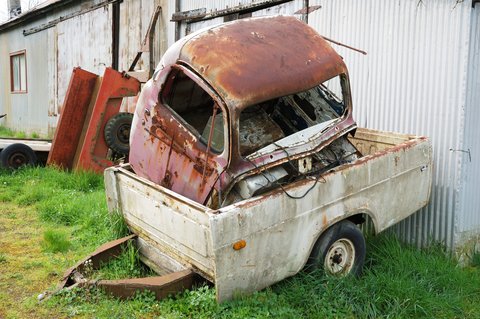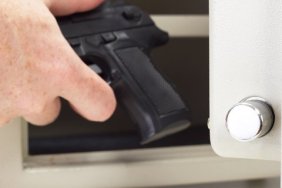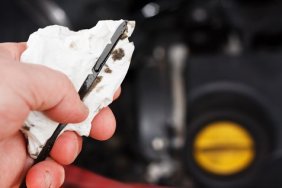
You’re probably diligent about keeping your boat or quad in good working order, but is the trailer you haul it on road-ready? Trailer maintenance is easy to overlook, but a little investment of time pays big dividends in keeping it in good working order.
Wash it
Frequently trailers have an auto finish with multiple coats of paint and sealant. Warm water and gentle soap does a great job, finished with a rinse from the hose. Spend time cleaning the reflective plates and lights, and rinse the undercarriage where road dust accumulates to prevent debris from degrading moving parts. While you wash, look for any rusted areas. Sand away patches of rust with sandpaper or steel wool. After you’ve finished the washing and given the trailer time to dry these areas can be touched up with a rust-proof paint. When the paint is completely dry, apply a coat of wax to the painted metal parts. It may sound over the top to wax a trailer, but the wax will help protect metal parts against the elements and discourage any additional rusting.
Keep it greased
All moving parts need to be lubricated to prevent corrosion and friction and to keep joints and axles working smoothly. The enemy of these working parts is dirt, so greasing them – especially before a long trip – will help the winch, ball hitch, springs and tongue jack keep working correctly. Don’t neglect the wheel bearings, the cylindrical rings that connect the wheel to the axle and allow for the wheel’s free rotation. Without proper lubrication, wheel bearings and axle are a metal-on-metal combination that is potentially damaging. Not sure how to do it? Learn how to lubricate your bearings here.
Check the tires
Under-inflated tires can shred, and over-inflated ones will wear out fast. Follow the manufacturer’s recommendations on tire pressure. Eventually you’ll have a tire problem, so always carry a spare – and make sure that it has air in it! Trailers don’t come with changing kits, so you’ll need a tire iron for taking off bolts as well as a separate jack. The smart move is to buy a small hydraulic jack and keep it with the trailer. It’s recommended that trailer tires be replaced every three to five years. Bias ply tires are stiffer than the radial tires found on most cars and trucks, and that stiffness helps minimize sway.
Check the lights
Most states require trailers to have functioning brake and tail lights, turn signals and license plate lights. Follow the wires to check that the insulation is in good shape, and wrap any worn or corroded sections with electric tape. With the engine and lights turned off, clean the electrical connectors to get rid of road grime. Get a partner to help you check and confirm that each light in the system is working. Replace any burned out bulbs, and of course address any larger electrical problem before you hit the road.
Don’t forget safety!
Your ATV or bike should be part of the platform when you haul it, so after loading up leave it in park with the brake engaged, and strapped from four points – tightly enough that the suspension feels stiff and has little sway. At a minimum, use 2000 pound adjustable ratchet straps connected to the vehicle frame.








